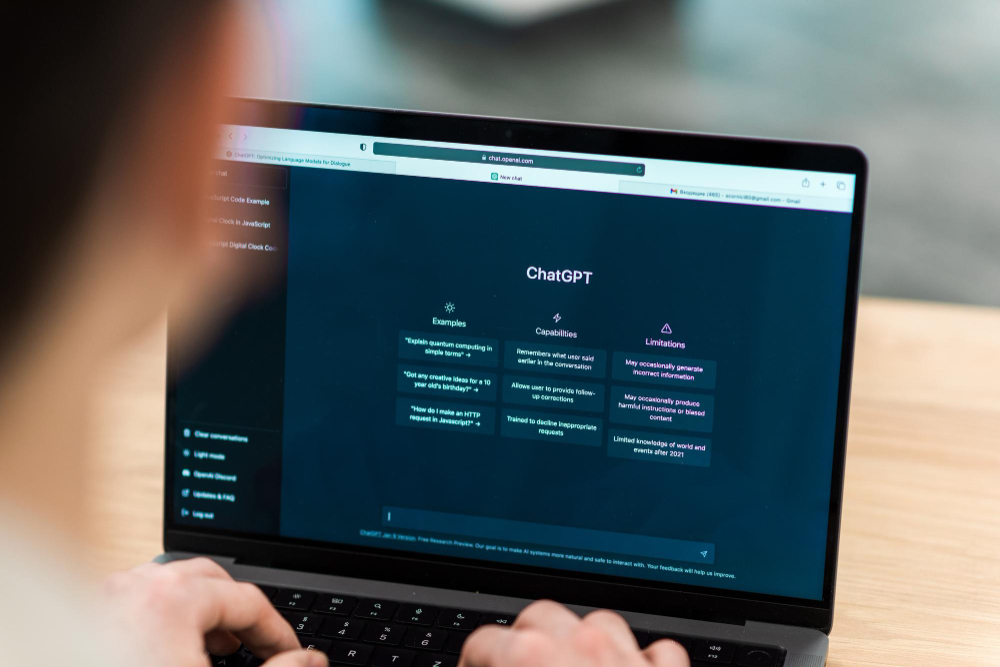Table of Contents
- Strategies to Lead Educational Establishments With Vision
- Defining a Concise Vision
- Creating a Positive Culture In the Educational Institutions
- Maintaining Lifelong Learning
- Communicating Effectively
- Regular Evaluation for Improving Students’ Outcomes
- How To Identify A Visionary Leader?
- Adapt to Change
- Aligning Vision with Institutional Mission
- Conclusion
Leading educational establishments with vision involves creating a compelling future direction, fostering a supportive environment, and ensuring continuous improvement. In educational institutions, leadership contributes significantly in shaping the students' future for the sake of reaching success. Visionary leaders can anticipate trends, while setting long-term aims.
Strategies to Lead Educational Establishments With Vision
There are strategies to lead educational establishments from leaders with good vision. They include
Defining a Concise Vision
A leader should craft a mission statement by develop a mission that can reflect the core values and purpose of institution. This is important to create goals, either they are short-term or long-term. They should be aligned with the vision. The leader with an educational vision should own strategic thinking.
They should own the ability to look at the the bigger picture and prepare for future trend. The leader should formulate plans for a long-term that is aligned with the educational institutions’ values. Those leaders should be able to inform beneficial decisions that are based on research and data with the deep educational landscape understanding.
Creating a Positive Culture In the Educational Institutions
A good leader will focus on well-being by prioritizing mental health and a supportive environment for staff and students. Positive culture also includes celebrating success among employees. Leaders should recognize achievements as well as milestones within the institution.
Positive culture also includes developing team-building initiatives and a sense of community in order to encourage collaboration. This is why, a visionary leader should make personal development as a priority, along with self-awareness. It involves a deep understanding about weaknesses, strengths and belief.
Self-awareness can allow a visionary leader to create well-informed decisions for building authentic relationships. Leaders can increase their capabilities in leadership as well as inspire others in order to reach their complete potential. It will happen when a leader make an investment in personal growth continuously through feedback and reflection.
Maintaining Lifelong Learning
A good leader will urge students to attend as many beneficial workshops or getting further education. This is to promote professional growth as well as cultivating passion to learn among students. However, life long learning is also supported by building partnerships. It is as simple as collaborating with external organizations in order to enhance the educational experience.
Lifelong learning can create an environment where innovation as well professional development get a good value. But, it is important for a leader to become a role model in implementing the long term learning. If a leader maintains lifelong learning, then he will pursue opportunities to grow. When learning is the priority in an educational institution, then it will be easier to adapt to changes. It will be very beneficial in preparing students to welcome their future.
Communicating Effectively
It is a compulsory for any leader to have a good communication skill. Communicating with consistency and clarity is to ensure that the message aligns with all stakeholders’ vision. Communication is not merely by discussing but also using several platforms, mostly social media or even newsletters. This is to ensure that the information reaches various audiences.
It is also very important for a leader to communicate the vision, regardless of the educational institutions dynamic nature. A leader should be able to explain inspiring vision for motivating all stakeholders to reach a common goal. By becoming a vision oriented leader, then it is easier to refine vision by revisiting periodically as well as updating the vision in order to ensure relevance.
Regular Evaluation for Improving Students’ Outcomes
A leader has to make a regular assessment performance among students. By evaluating student outcomes regularly, it will lead to the effectiveness of institutional. Yet, the leader needs to inform students about the result by using data for identifying improvement areas as well as informing strategic planning.
Evaluation is very beneficial for monitoring the progress. A leader can track advancements continuously toward achieving the vision. For sure, leaders should lead by example. A good leader should show the commitment to the vision through actions. In order to avoid boredom, a leader should also create innovation by encouraging new methods of teaching by maximizing technologies as well as creative solutions.
How To Identify A Visionary Leader?
Adapt to Change
A visionary leader should have a good resilience in navigating challenges. Yet, he should also be able to be flexible in conquering any challenge. In this dynamic world, it is important for a leader to address challenges proactively. A leader with an adapt to change can easily anticipate potential obstacles before making a plan accordingly. A leader with a vision can navigate uncertainties along with the problem’s complexities. With the flexibility to change, a good leader will transform challenges into opportunities for the sake of development and growth. It becomes a strategic mindset that ensures the interact
Aligning Vision with Institutional Mission
One way for educational leaders to ensure success is by aligning their vision with the institution’s mission. This involves integrating the overarching goals and values of the institution with the long-term vision set forth by the leader. By aligning vision with institutional mission, leaders create synergy between the aspirational aspects of their leadership and the foundational principles of the institution.
Educational leaders must communicate this alignment effectively to all stakeholders, ensuring a shared understanding of how the institution’s mission is interconnected with the visionary direction set by the leader. This alignment fosters a sense of unity and purpose among faculty, staff, students, and the wider community, driving collective efforts towards the institution’s strategic goals.
Conclusion
All in all, it is very concise that improving visionary leadership is highly crucial for improving growth and innovation in order to reach success. A leader who can cultivate forward-thinking culture can inspire the team to face challenges through dynamic changes. Successful leaders can think strategically with the ability to communicate in an effective way. The last but not least, a leader has to be very creative along with the innovation to find new methods in enhancing improvement. Such leaders won’t hesitate to challenge to think outside the box.
































Comments are closed.